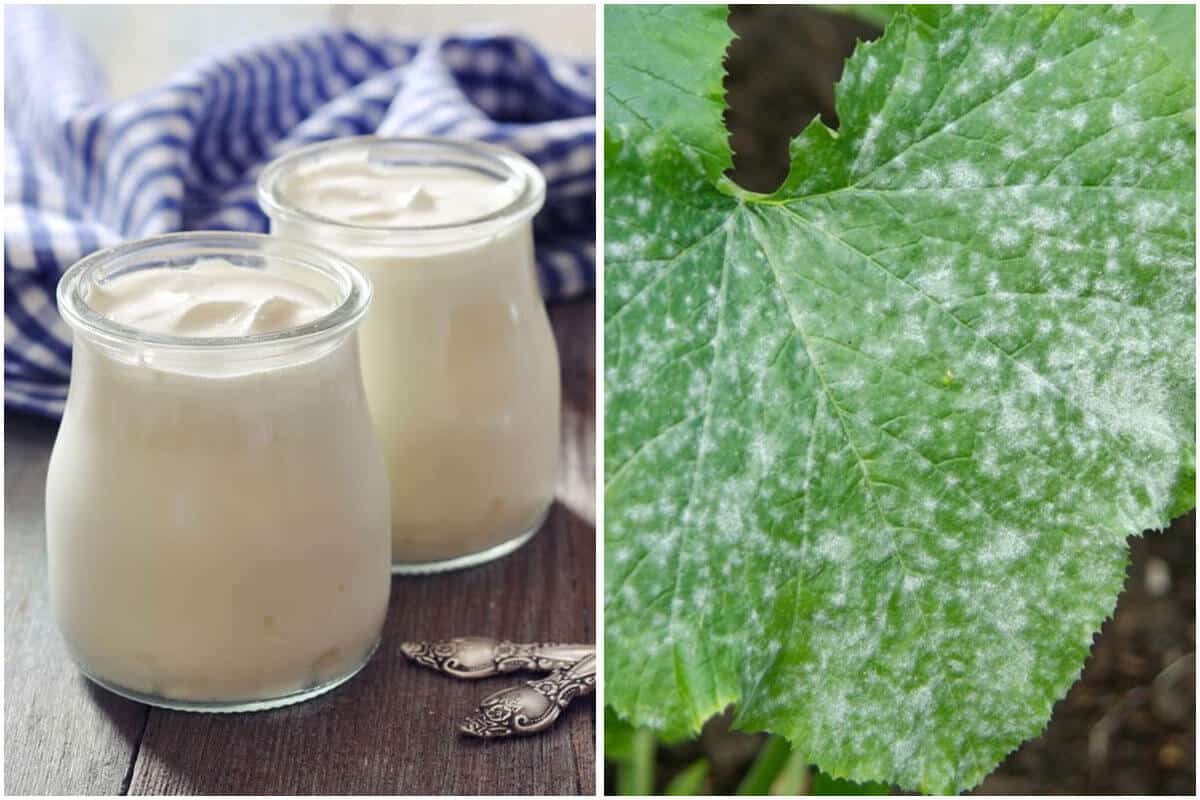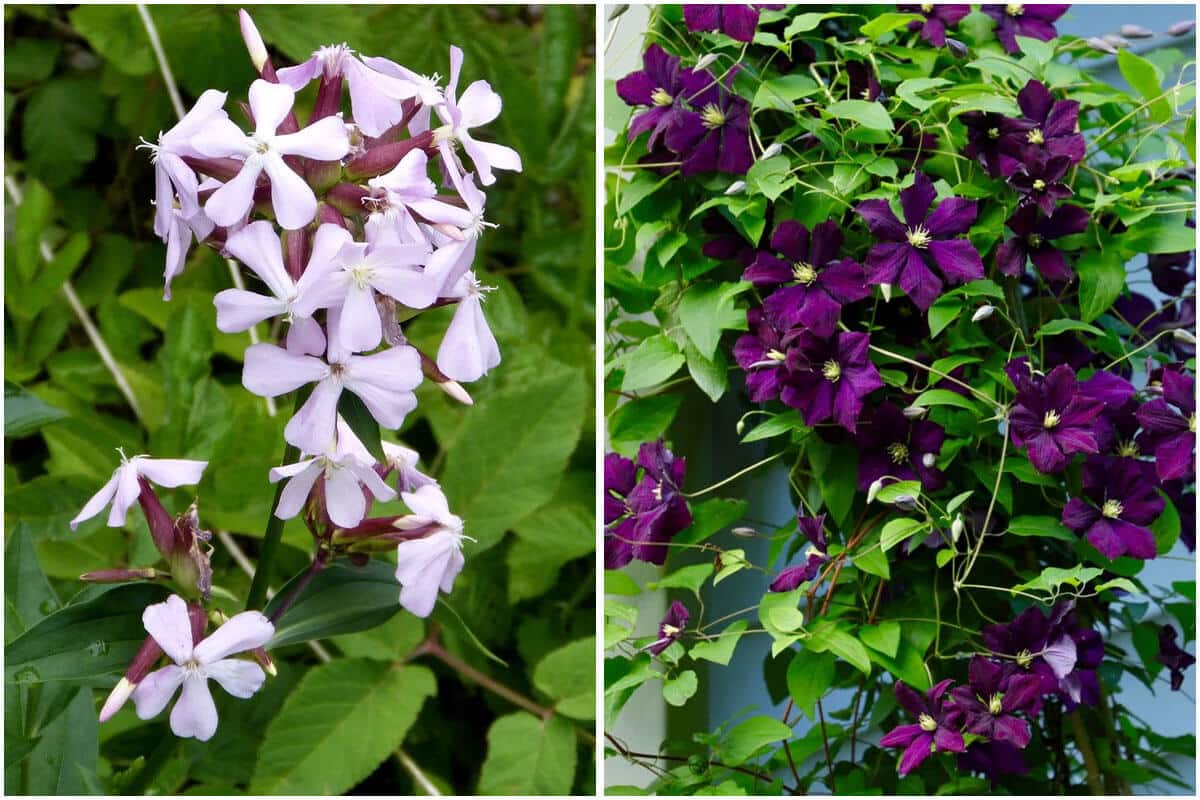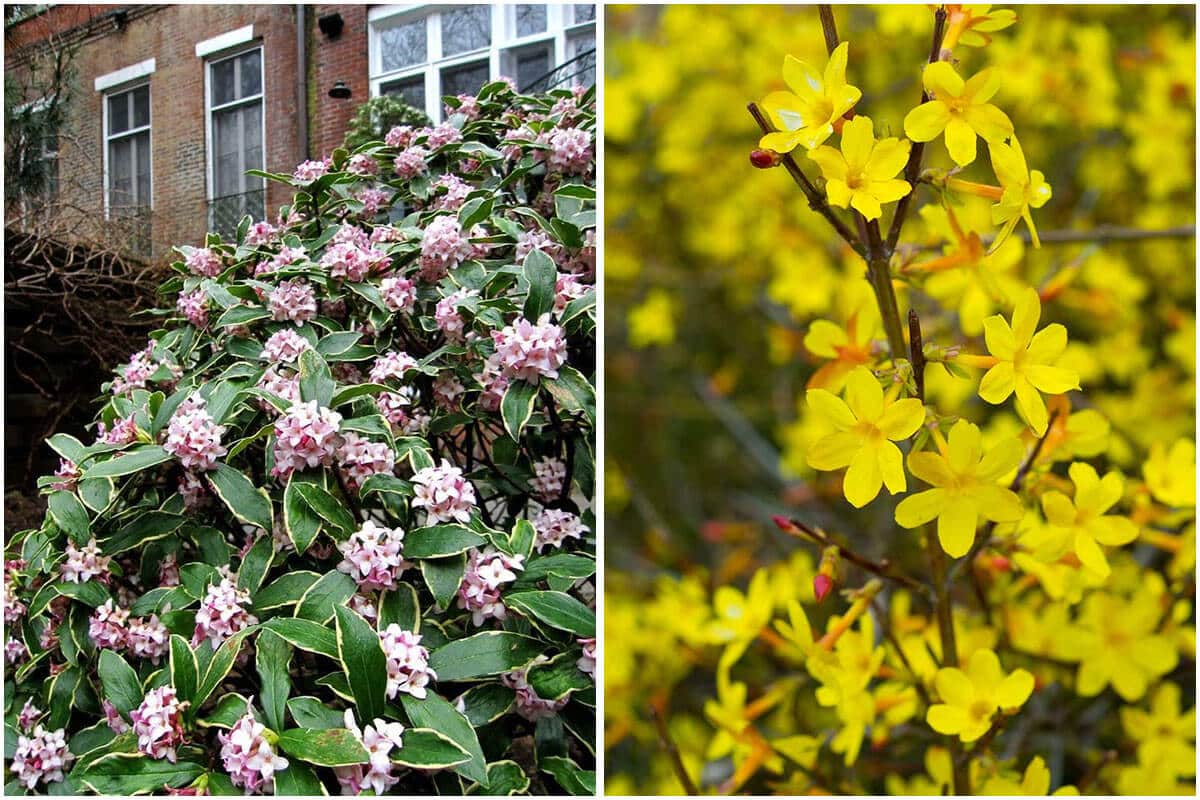Many of us love growing flowers in the garden and backyard. They bring a stunning view for the space. Some produce an elegant odor that we love to enjoy. Some even are definitely edible. You can eat their flowers (fresh or dried), roots, or even green. However, there are flowers that are poisonous to us, even our pets. It’s hard to say whether we should avoid them together. If you grow them, you need to keep an extra eye on them and become aware of what they may cause.
In this post, we’re introducing 13 common poisonous or toxic flowers that you must know. You have seen them in other’s garden before. If you crave their beauty and fragrance, you must know where to grow them to keep them out of the reach of your kids and pets. It’s worth noting for, right? Those who have just been on their gardening work, should never skip this collection. Let’s check them out!
#1 Hydrangeas
It’s best not to keep hydrangeas indoors if you have cats and dogs, if in case they might nibble it. These flowers contain small amount of cyanide. Although they are not dangerous for human, they can cause vomiting and diarrhea if ingested specific amount.
#2 Clematis
Clematis has toxin called anemonin. This affects both pets and humans when touched or consumed. It can cause dermatitis in some people. It affects the pets like dogs, cats and horses more and causes nausea and drooling.
#3 Calotropis
Calotropis is one of the most common weed grows all across the South Asia. The latex oozing out from its flowers and leaves contains calotropin. This can cause blindness if contacted to eyes.
#4 Oleander
Oleanders are loved by home owners for its fragrance and beautiful flowers that come in white, pink, yellow or red. But keep in mind that they are extremely poisonous if ingested, even the smoke burn from its wood is toxic. Be careful if you have children.
#5 Azalea
Azaleas are loved my garden owners for their beautiful pink flowers that add color in a garden. Flowers, leaf or stem, however are poisonous for pets. They can lead to nausea, abdominal pain and difficulty in breathing, if eaten.
#6 Daffodil (Narcissus)
Do you know that the bulbs are toxic to your pets? So you should take extra care when you plant it. If ingested too much, it can cause vomiting, diarrhea, squeeze cases, tremors and heart rhythm disorders.
#7 Lantana
You can find lantana tropical regions and be treated as weed in many countries. It blooms in white, yellow, pink, red, violet or orange. However, all parts of the plant contain liver toxin. It can cause depression, vomiting, fatigue and liver failure after ingestion.
#8 Foxglove
Although all parts of Foxgloves are mildly poisonous, they’re still are used to prepare medicines. Common symptoms may appear, like headache, stomach pain and fainting if you ingest a particular amount.
#9 Lily of the Valley
The lily of the valley is very toxic. You should never eat its flowers, leaves and stem. It can cause vomiting, illusion, blurriness, slow heart rates and can be fatal in some cases if ingested. Fortunately, the poison is slowly absorbed into the body, so that the medical intervention on time after consuming can save from much harm to occur.
#10 Morning Glory
There are few varieties of morning glory whose seeds are poisonous, if swallowed. It can cause diarrhea, in-coordination and liver failure, if large amount of seeds ingested.
#11 Wisteria
Wisteria is alluring yet a mildly poisonous plant, mainly for cats and dogs. Every part of it is poisonous, especially seeds. Common symtoms like mild abdominal pain, vomiting, diarrhea and depression of the central nervous system appear, if only few seeds ingested.
#12 Periwinkle (Catharanthus rosea, *formely Vinca rosea)
Madagascar Periwinkle is mildly poisonous and contains a group of alkaloids. It is used in Ayurveda and Chinese herbal medicines to cure high blood pressure. It can cause drop in blood pressure and hypotension, if excessively ingested.
#13 Calla Lily
Calla lily is known for its elegant and fragrant white flowers. According to North Carolina state university, all parts of calla lily are poisonous and contains calcium oxalate crystals. It can causes swelling of lips, tongue and throat, if eaten raw. Its greens are edible after cooking.


















